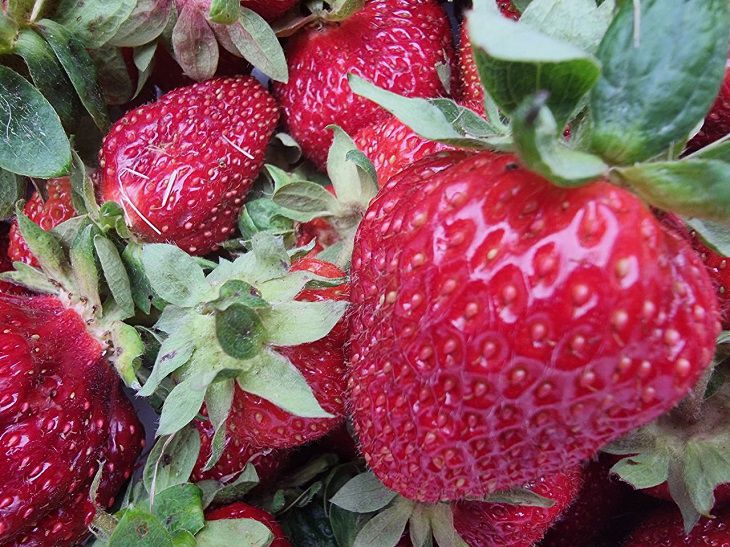There is an opinion that abundant feeding is necessary for a good strawberry harvest. This bush really needs good nutrition, but with excessive feeding you can completely lose the harvest.
What do strawberries and tomatoes have in common?
In terms of feeding, strawberries are very similar to tomatoes. They also need good nutrition, but if you overfeed them with nitrogen, the tomato begins to actively grow green mass without setting fruit. This phenomenon is called fattening.
The same thing happens with strawberries. With excess nitrogen, the bushes begin to fatten. They grow big, beautiful, even produce huge flower stalks. But they do not set berries. In this case, gardeners blame the variety, soil, weather conditions, or the nursery, which allegedly sold low-quality planting material. But the problem lies in the care.
How not to feed strawberries
You can find many pieces of advice recommending to generously fertilize the soil with mineral fertilizers, compost, humus, or water the spaces between the rows with an infusion of bird droppings. As proof, photos or videos of a rich harvest are provided.
But it should be remembered that the conditions in each garden are different. If on poor sandy soil two buckets of compost per square meter is normal fertilizing, then on black soil and a humus-rich bed such an amount of compost will only cause fattening.

Select the feeding schedule and fertilizer dosage for your garden individually.
Also, nitrogen fertilizers should not be applied in the second half of summer and in autumn. They will provoke active growth of leaves, and the plant will not form flower buds.
How can you feed?
1. The bed should be filled with compost before planting, adding approximately 1 bucket of compost per 1 sq. m.
2. Compost or humus can be used to mulch the plantings in late autumn, before the bed goes into winter. Compost will help the bushes survive the winter, and in the spring it will provide them with nutrition.
3. Nitrogen fertilizers are applied only in early spring. During this period, it is best to use nitroammophoska, which contains nitrogen, phosphorus and potassium. Nitrogen is needed for leaf growth, potassium and phosphorus for fruiting.
4. In July and August, plants can be fed with any phosphorus-potassium fertilizer. A good option is ash. It contains not only potassium and phosphorus, but also a large number of microelements. And it does not contain nitrogen.
Most importantly, keep an eye on your strawberry patch. If the plants look too nice and plump, but the yield is poor, you may need to reconsider your fertilization schedule.








